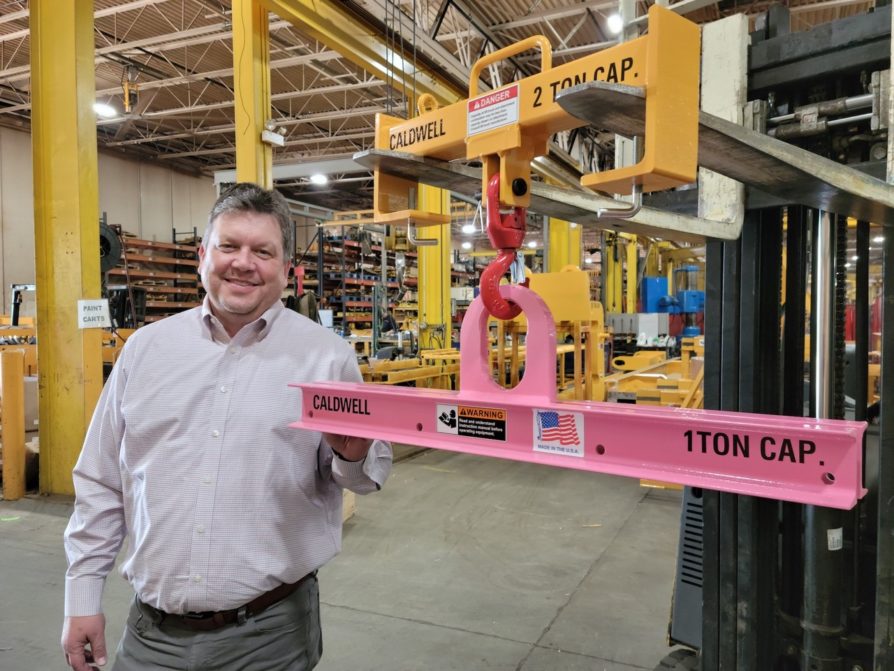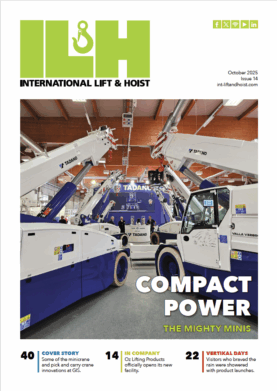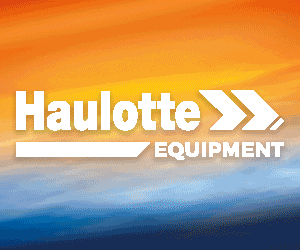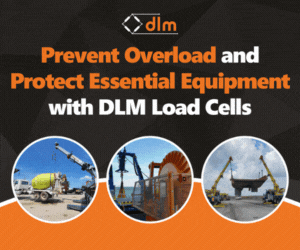)
Statement of origin
‘Made in…’ can be a great stamp of quality and acceptance, but there must be value to support it, says Doug Stitt, president and CEO at The Caldwell Group Inc.
Walk the aisles of a trade show like ProMat, which was took place in Chicago, just a few weeks ago, and you’ll see and hear repeated references to ‘Made in USA’. Manufacturers of industrial vehicles, carts, and other wares, for example, often perch on their exhibition stands (booths) with one foot resting on the product somewhere near the ‘Made in…’ sign, as though they are proud of its origin and, moreover, what it stands for.
Here in the US, the Federal Trade Commission (FTC), charged with preventing deception and unfairness in the marketplace, requires that a product advertised as ‘Made in USA’ be ‘all or virtually all’ made in the US. It has the power to bring law enforcement actions against false or misleading claims that a product is of US origin.
Globally, we recognise the value of ‘Made in Germany’, one of the most respected designations of origin in the world, while ‘Made in EU’ was proposed by the European Commission in 2014, similarly indicating that the product is mainly made in the European Union. You get the idea, but it’s worth dedicating a column inch or two to this subject more broadly.
Made in…
‘Made in USA’, like its counterparts, carries a general guarantee that the product is of quality, made with quality materials. However, ‘Made in USA’ is a comprehensive standard that goes beyond just the general quality of the item. It also means that the products are made to meet or exceed relevant standards in a country with a rigorous standards infrastructure. I use the US as the example as it’s my nation but the others mentioned are among those that are interchangeable.
‘Made in USA’ also means that the product was made with quality labour as well as to fair and reasonable labour laws and standards. Further, in most cases, it means that the product was produced following a high level of accountability for safety and environmental practices.
Lastly, there is an understood guarantee that if there are any issues with a product or its application, a ‘Made in USA’ producer will stand behind the product, ultimately following a defined set of laws in the guidelines. There is also a level of transparency and reporting that goes along with the ‘Made in USA’ market. This transparency makes it easier to evaluate products, versus some others where the background of a product or a manufacturer is a lesser known quantity.
Some producers do a better job than others highlighting ‘Made in USA’. There are those that use it as more of a gimmick; we’ve all seen the advertisements or packaging with a big flag and a bald eagle on them, but consumers have become more sophisticated than that. As they know, without underlying value, the statement of origin can ring hollow.
In many cases I don’t think anyone can look at ‘Made in USA’ as a blanket statement. There must be something behind it. For example, in the 70s and 80s there was a well understood problem that US autos were in most cases not as good as the Japanese or some European vehicles. It wasn’t until there was a significant improvement in the design, production standards, and quality that cars ‘Made in USA’ started to carry some value. I think that applies to any company or product. The underlying assumptions expressed earlier must be there for the ‘Made in USA’ to mean something and provide value.
The longevity of the ‘Made in USA’ is an important aspect of this conversation. The US, like the UK, and others were key in the development and evolution of the industrial age and that helped underscore the value of making it in the US. The states have been a central component of industrial development and therefore its producers benefit from the inherent value associated with that longevity and all that it implies.
Imports vs. exports
As this pertains to the industrial equipment marketplace, we must put it in the context of a sector that has two components: imports and products that are likely to be made domestically. The larger and heavier a product is, the more likely it is to be domestic, whereas the smaller and more transportable a product is, the more opportunities there are for it to be imported from different parts of the world. For example, some companies do a great job importing boxed hoists. At the other end of the spectrum, the US marketplace relies on companies like mine to provide larger lifters that are not as easily or efficiently imported from other parts of the world.
Of course, the rule doesn’t apply to everything in all cases; we have exported ingot tongs and coil grabs to South Korea and India when there is enough value in the product to justify the logistics and costs or where there are not good sources of those goods in those geographies. It’s true that imports in many cases happen when the substitutes are limited in the domestic market or when the spread in value of a ‘Made in USA’ product drops. We export coil grabs to India because customers wanted a level of quality and sophistication beyond that which was largely available locally.
In that specific case, ‘Made in USA’ had value in another marketplace because of the underlying components of what that statement implies. If the perceived value of a ‘Made in USA’ product drops low enough among its customer base’s judgement of value, the statement, or that of another manufacturing nation, can come under pressure.
A customer in the US with an application for a piece of lifting hardware may determine based on their perception of value that a 40% price advantage on imports may outweigh the ‘Made in USA’ value. That’s why it can’t simply be sprinkled on products and have the producer think they will be purchased regardless of the other alternatives.
Again, ‘Made in USA’ is a great stamp of quality and acceptance but there must be value to support it.
Grey matter
Like all things, there is a grey area, especially when looking at the difference between an item, such as a hoist, that has been entirely manufactured overseas, and a product that contains a component that has been made abroad. There’s a simplicity to a product that is all import versus a product that has some foreign content. Buying an imported hoist, you know what you are getting. But a product with a mix of domestic and foreign can be more difficult to understand.
For example, a foreign component could be as simple as a washer or a non-load bearing component, or it could be a key component in the assembly, thus, being more crucial. From an import standpoint it would be important, but we are going to see nearly as much from a custom standpoint as an import is generally based on large quantities of standard products.
Then there’s the maintenance, replacement, and support issue. Any time you are dropping products into another geography, you must think about service and support. If something happens to my lifter, who do I call? Local resources are always preferred and given a higher level of credibility in terms of support. Being a manufacturer, we are always going to preach to follow recommendations. Standards and recommendations are created with a lot of thought and experiment so it’s important to follow them, which will, naturally, improve the lifecycle of a product versus misuse.
The litigious nature of our societies ensures that the limits of manufacturer recommendations, warnings, product manuals, etc. will be tested. The litigiousness today means every company will have to defend itself at one time or another, despite all the best efforts to warn and keep users safe. Learning the hard way in this case would be assuming your company or its products won’t be affected.
By Doug Stitt, ‘Made in USA’.











